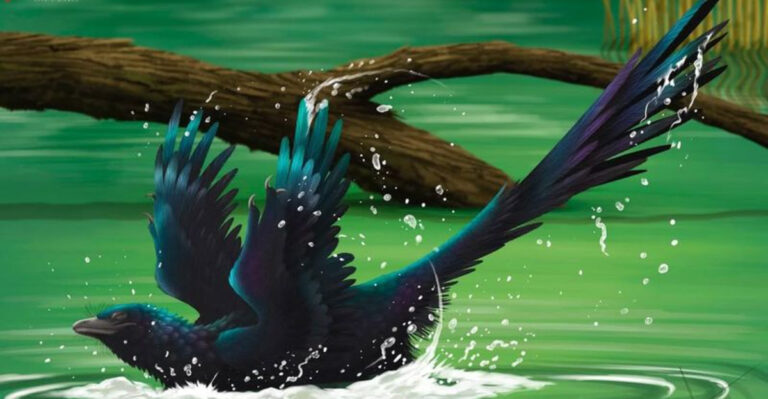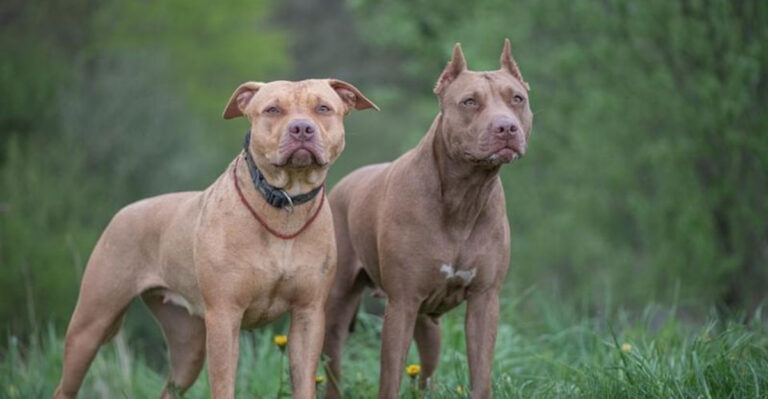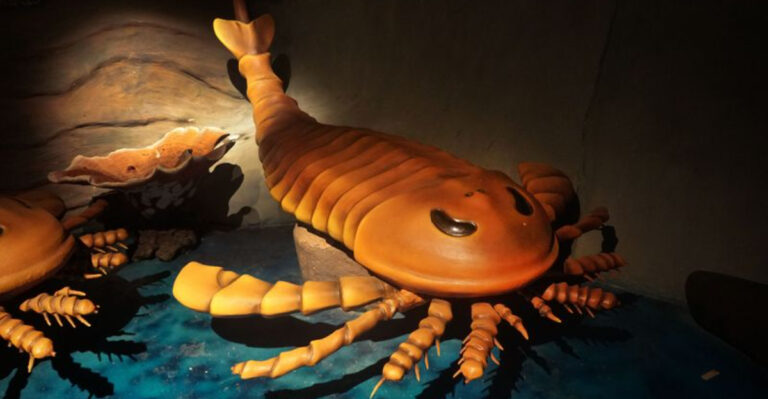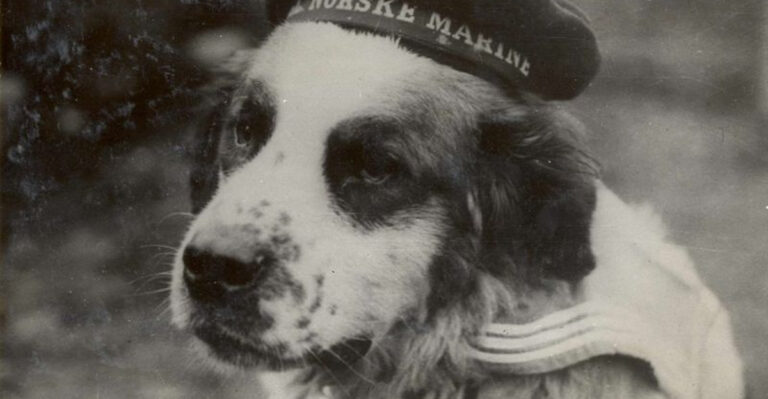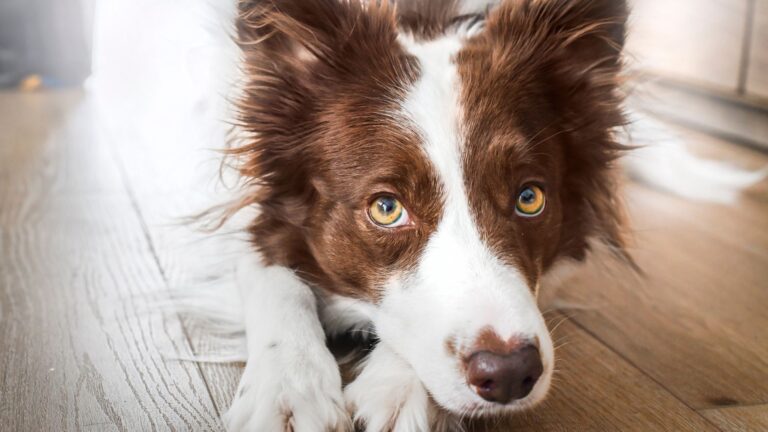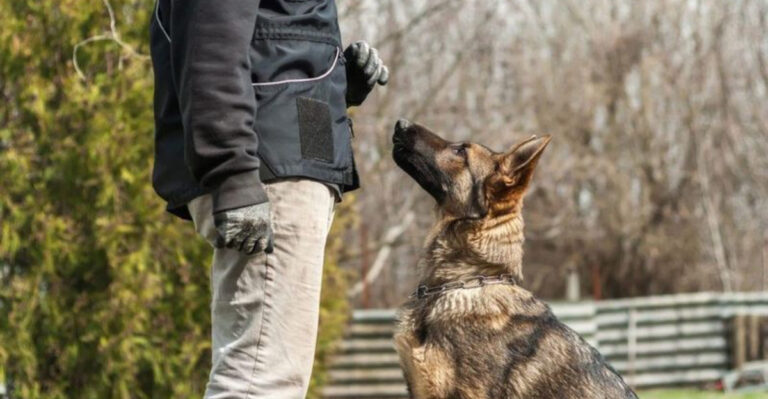8 Stunning Black Cats That Are Ideal Indoor Pets And 5 Common Superstitions They Still Endure
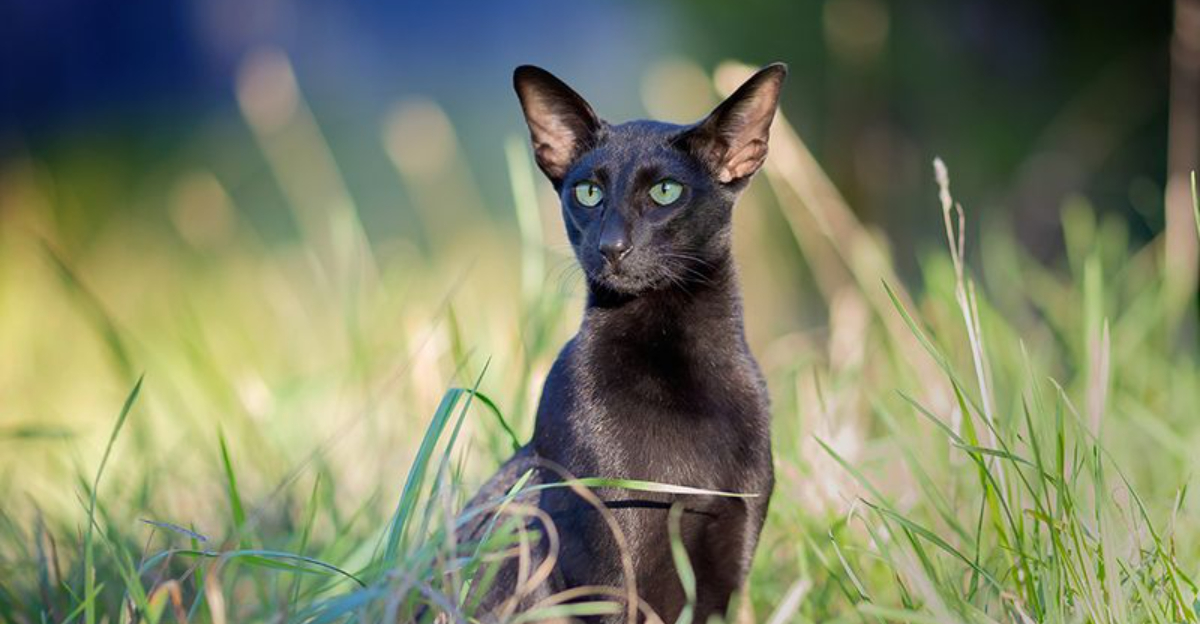
Black cats have captivated humans for centuries with their sleek coats and mysterious aura. While some cultures celebrate these midnight-colored felines as symbols of good fortune, others unfairly associate them with superstition and bad luck.
The truth is that black cats make wonderful companions, often waiting longer in shelters for adoption than their colorful counterparts. Let’s explore eight magnificent black cat breeds perfect for indoor living and five persistent myths these beautiful animals still face today.
1. Bombay: The Mini Panther
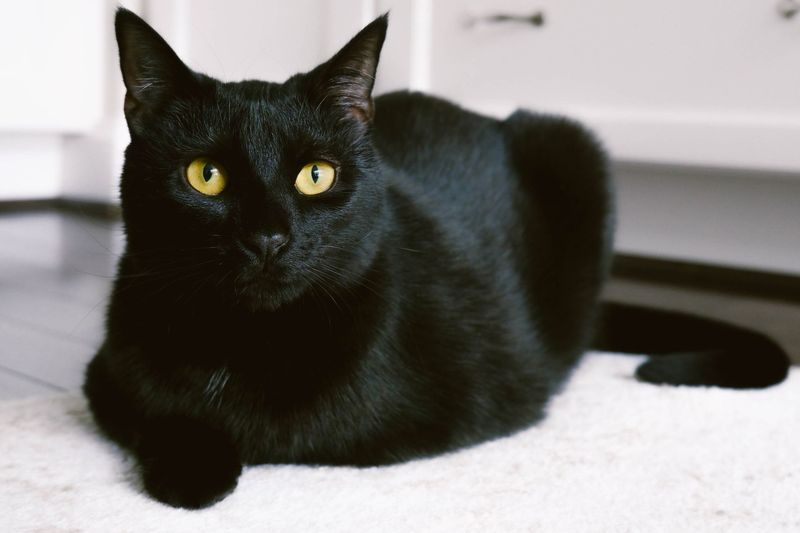
Bred specifically to resemble miniature panthers, Bombay cats showcase glossy black coats that shimmer when they move. Their striking copper or golden eyes create a mesmerizing contrast against their midnight fur.
Bombays are known for their puppy-like personalities – they’ll follow you around the house, learn tricks easily, and even enjoy walking on leashes! Unlike some independent felines, these social butterflies crave human interaction.
2. American Shorthair: The Classic Companion
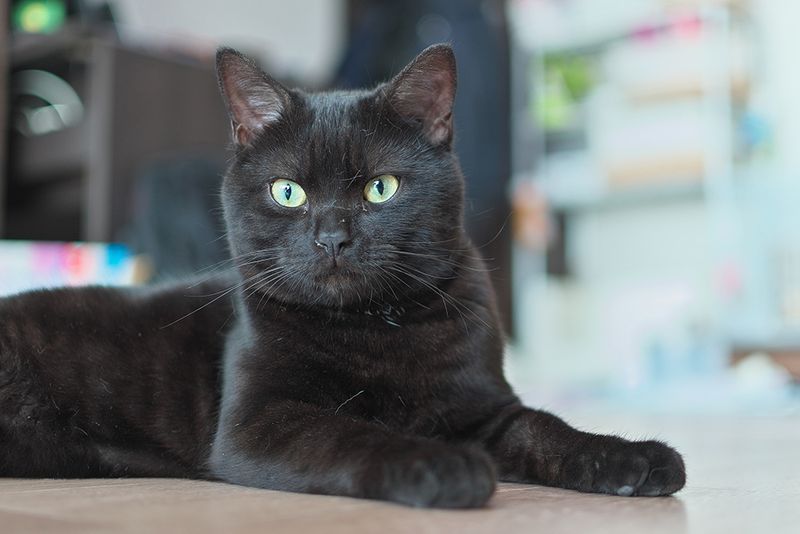
American Shorthairs with solid black coats combine classic good looks with easygoing temperaments. Their muscular builds and rounded faces give them an adorable teddy-bear quality that cat lovers adore.
Family-friendly to the core, these cats adjust beautifully to households with children, other pets, or frequent visitors. They maintain a perfect balance between playfulness and independence, never demanding constant attention but always ready for a game.
3. British Shorthair: The Plush Teddy Bear
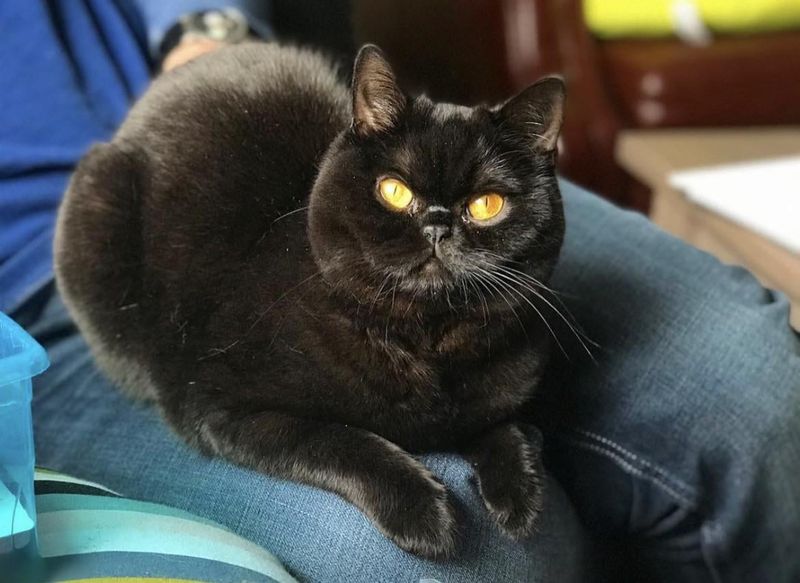
Black British Shorthairs sport dense, plush coats that feel like velvet to the touch. Their round faces with chubby cheeks and bright copper or gold eyes give them an endearing, stuffed-toy appearance that’s impossible to resist.
Famous for their calm, unflappable personalities, these cats rarely get stressed by household changes. They take everything in stride – from noisy appliances to new furniture – making them perfect for busy homes.
4. Scottish Fold: The Owl-Like Charmer
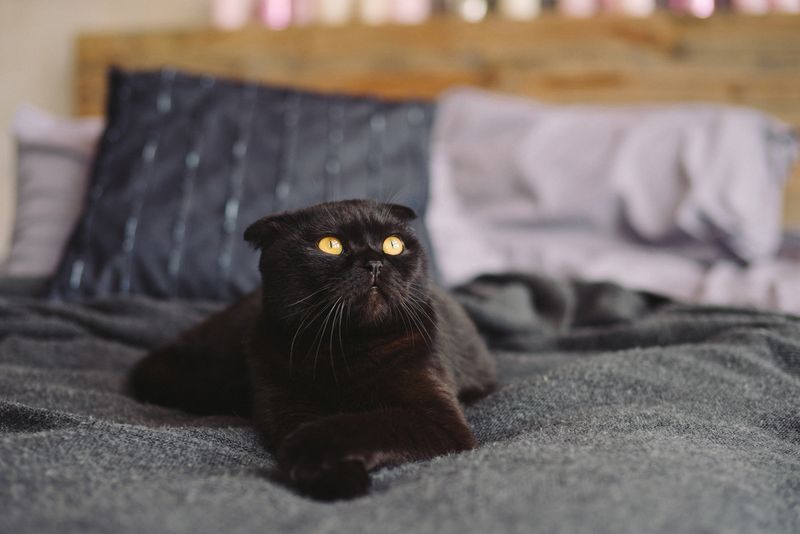
Black Scottish Folds stand out with their signature folded ears that give them an owl-like appearance. This genetic trait creates an eternally surprised expression that melts hearts instantly.
Playful well into adulthood, these cats never seem to outgrow their kitten-like enthusiasm. They’ll invent games with household objects, chase invisible prey across your living room, and perform acrobatic feats from your furniture.
5. Oriental Shorthair: The Elegant Athlete
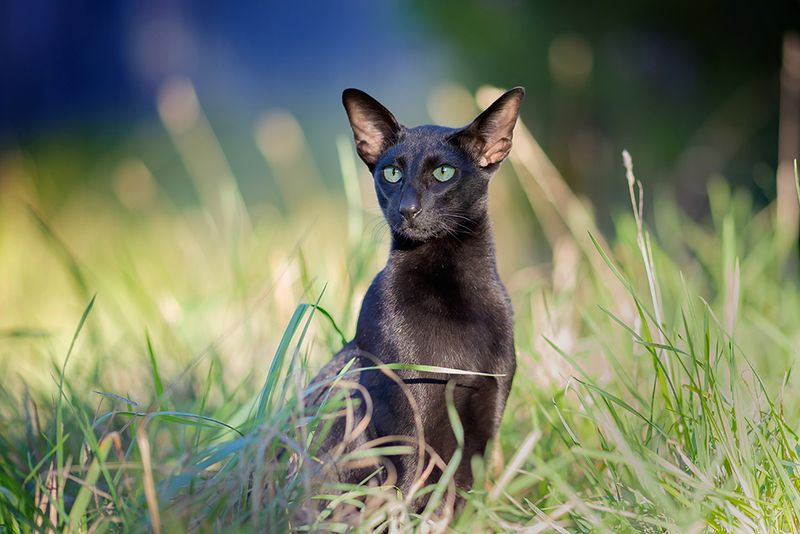
With their slender bodies, angular faces, and oversized ears, black Oriental Shorthairs look like living sculptures. Their sleek coats cling to their athletic frames, highlighting every graceful movement as they navigate your home.
Vocal and opinionated, these cats won’t hesitate to tell you exactly what they think! Their distinctive voices range from soft chirps to full-volume commentaries on household activities.
6. Devon Rex: The Mischievous Elf
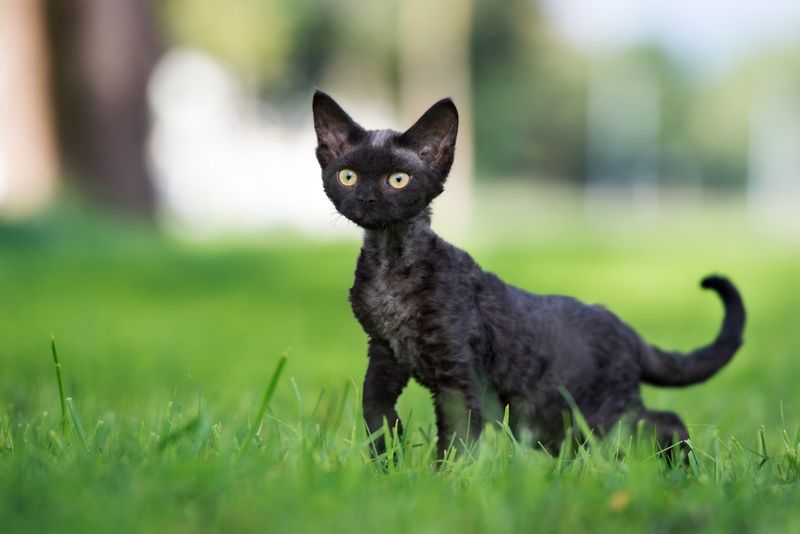
Black Devon Rex cats sport short, wavy fur that feels like suede and large, low-set ears that give them an impish, pixie-like appearance. Their slender bodies and wedge-shaped faces complete their distinctive elfin look.
Energy radiates from these playful felines. They’ll leap to impressive heights, balance on narrow ledges, and find ways to reach spots you thought were inaccessible. Child-like curiosity drives them to investigate every corner of your home.
7. Sphynx: The Hairless Wonder
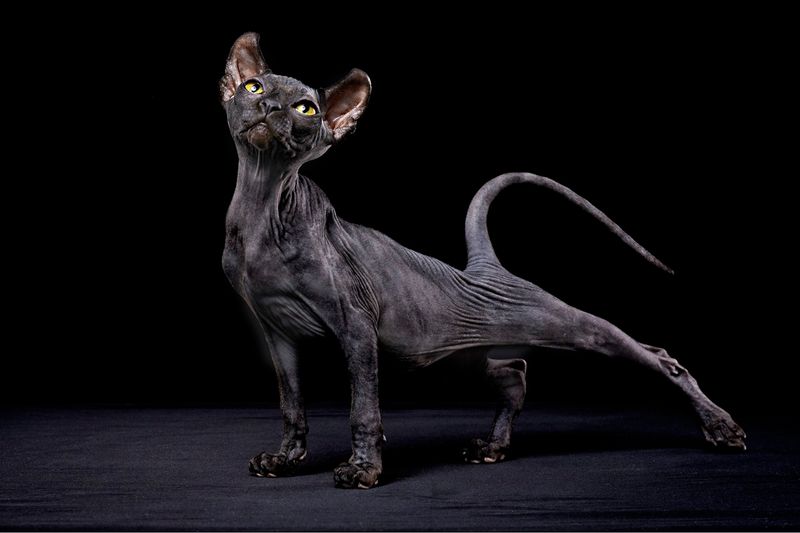
Contrary to popular belief, hairless Sphynx cats can indeed be black! Their skin displays rich pigmentation that creates a striking velvety appearance, often with wrinkles that add character to their unique look.
Sphynx cats radiate heat like little furnaces. Their higher-than-average body temperature makes them natural heat-seekers who’ll appreciate warm spots in your home and cozy sweaters during winter months.
Despite their somewhat alien appearance, Sphynx cats are among the most dog-like felines in behavior!
8. Domestic Shorthair: The Shelter Superstar
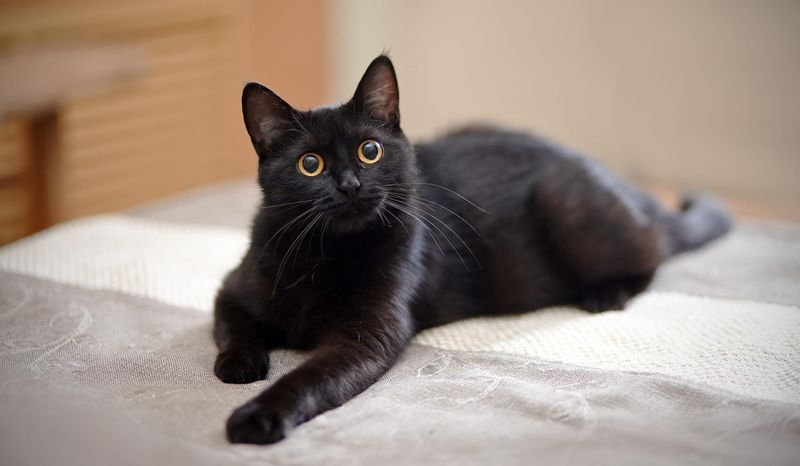
Black domestic shorthairs – the mixed-breed cats commonly found in shelters – offer endless variety in personality and appearance. Some have sleek coats while others sport plusher fur; eye colors range from copper to green to gold.
Many shelter workers note that black cats often have exceptionally balanced temperaments. Their mixed genetics frequently results in hardy health and adaptable personalities that fit seamlessly into various household situations. Your shelter superstar might just be the most rewarding pet you’ll ever welcome home!
9. The Black Cat Crossing Path Myth
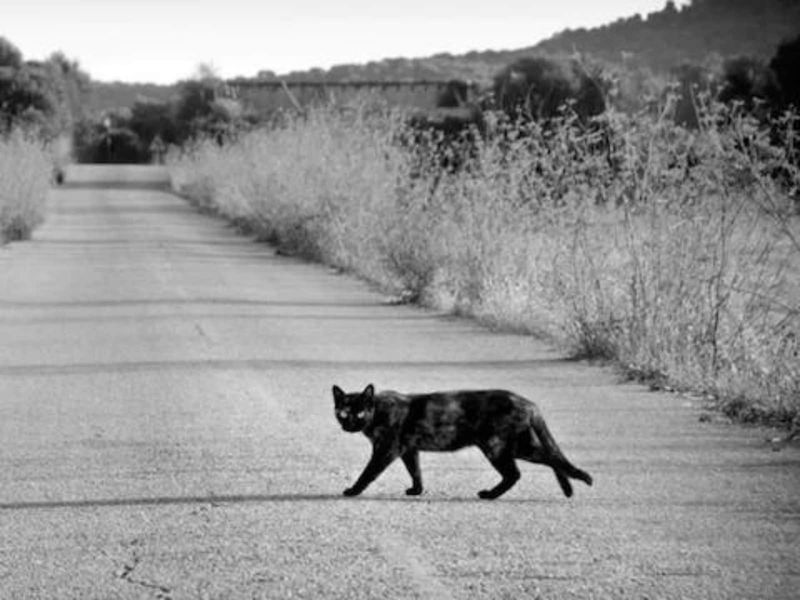
Perhaps the most widespread black cat superstition involves these felines crossing your path. In America and parts of Europe, this supposedly brings bad luck, while in the UK and Japan, the exact opposite belief prevails – black cats crossing your path signal good fortune coming your way!
This superstition dates back to medieval Europe during witch persecution periods. Black cats, often kept by elderly women for companionship and rodent control, became guilty by association when their owners faced witchcraft accusations.
Modern statistics reveal zero correlation between cat color and accident rates. Your chances of misfortune remain exactly the same whether a black, orange, or polka-dotted cat crosses your path!
10. The Halloween Connection
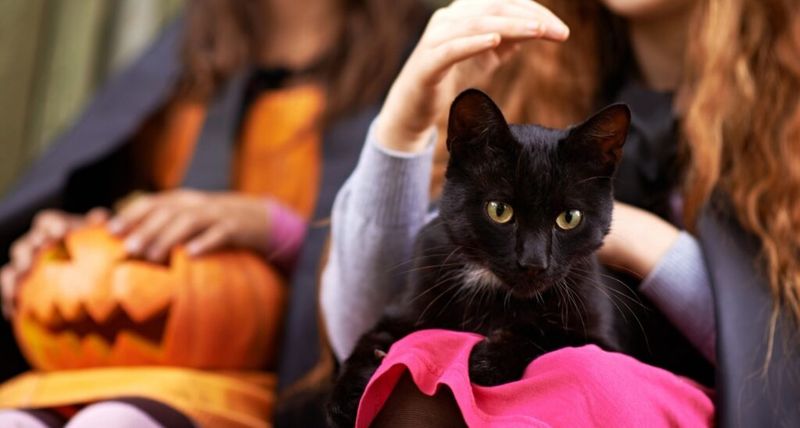
Black cats’ association with Halloween stems from ancient Celtic harvest festivals. When Christianity spread through Europe, these celebrations merged with All Saints’ Day, and cats – especially black ones – retained their mystical associations.
Many animal shelters suspend black cat adoptions during October due to fears of Halloween-related abuse. While statistics on such incidents remain inconclusive, shelters prefer caution over risking potential harm to these vulnerable animals.
The spooky imagery persists in decorations, costumes, and media despite efforts to rebrand black cats. Organizations like Black Cat Appreciation Day (August 17th) work to counter negative stereotypes by celebrating these beautiful animals for the wonderful companions they truly are.
11. Witches’ Familiars Myth
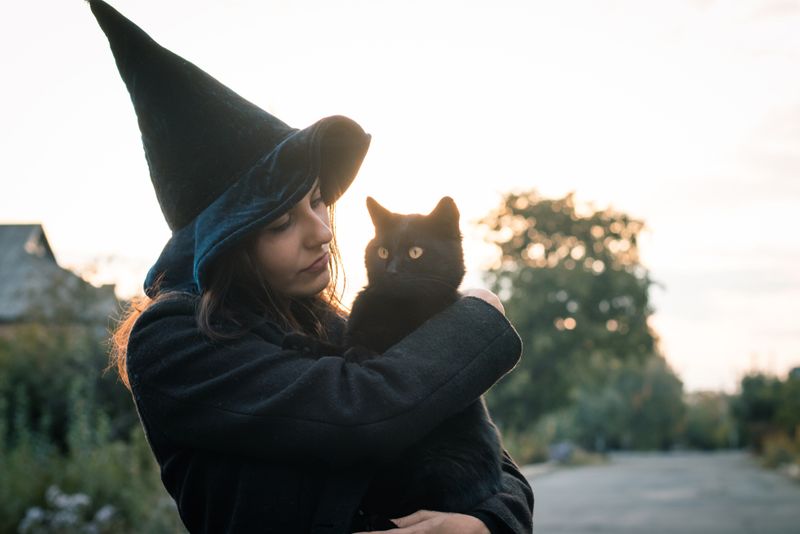
The belief that black cats serve as witches’ familiars – magical assistants who help cast spells – originated during the European witch trials. This superstition claimed witches could transform into black cats to sneak around undetected.
Pope Gregory IX’s 1233 declaration that black cats embodied Satan cemented their villainous reputation throughout the Western world. This papal pronouncement led to mass killings of black cats across Europe, tragically contributing to rat population explosions that worsened plague outbreaks.
Today’s modern witchcraft practitioners often keep cats as companions, but not for magical purposes – simply because cats make wonderful pets! The familiar myth persists mainly in Halloween decorations and spooky stories rather than actual belief systems.
12. Unlucky Number 13 Connection

Black cats face double superstition trouble by association with the number 13. Some beliefs link black cats to this supposedly unlucky number because medieval folklore claimed witches’ covens contained exactly 13 members – 12 witches plus one black cat representing the devil.
Hotels sometimes skip floor 13, airplanes might lack row 13, and buildings occasionally jump from floor 12 to 14. Similarly, black cats often wait longer for adoption due to baseless fears.
Interestingly, sailors historically considered black cats lucky charms on ships! These maritime superstitions directly contradicted land-based fears, with ship cats – especially black ones – highly valued for both practical rodent control and supposed supernatural protection from dangerous weather.
13. The Japanese Maneki-Neko Contrast
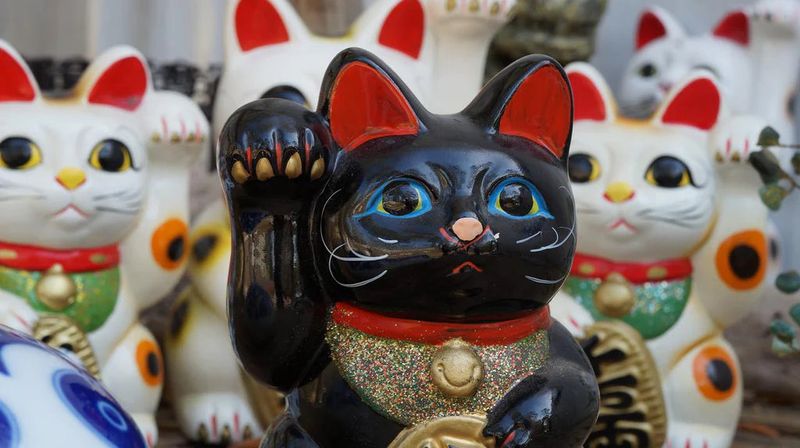
While Western cultures often fear black cats, Japan celebrates them through the Maneki-Neko – the “beckoning cat” figurine. Black versions specifically attract health and ward off evil spirits, showing how cultural perspectives dramatically shape animal symbolism.
Single women in Japan’s Kanagawa prefecture traditionally kept black cats, believing these felines attracted suitable husbands. This superstition presents a fascinating contrast to Western beliefs that black cats bring relationship misfortune.
Other Asian cultures share Japan’s positive view of black cats. In Thailand, giving a black cat to a bride ensures good luck in her marriage. These Eastern traditions remind us that superstitions reflect cultural values rather than universal truths about these magnificent animals.

